San Jose policymakers marked 2022 with major votes that will have lasting impacts for years to come.
Amid a consequential election that ushered in a new mayor and four councilmembers, the San Jose City Council made notable decisions on homeless solutions, filling council vacancies and police oversight.
Here are the top policy decisions of 2022:
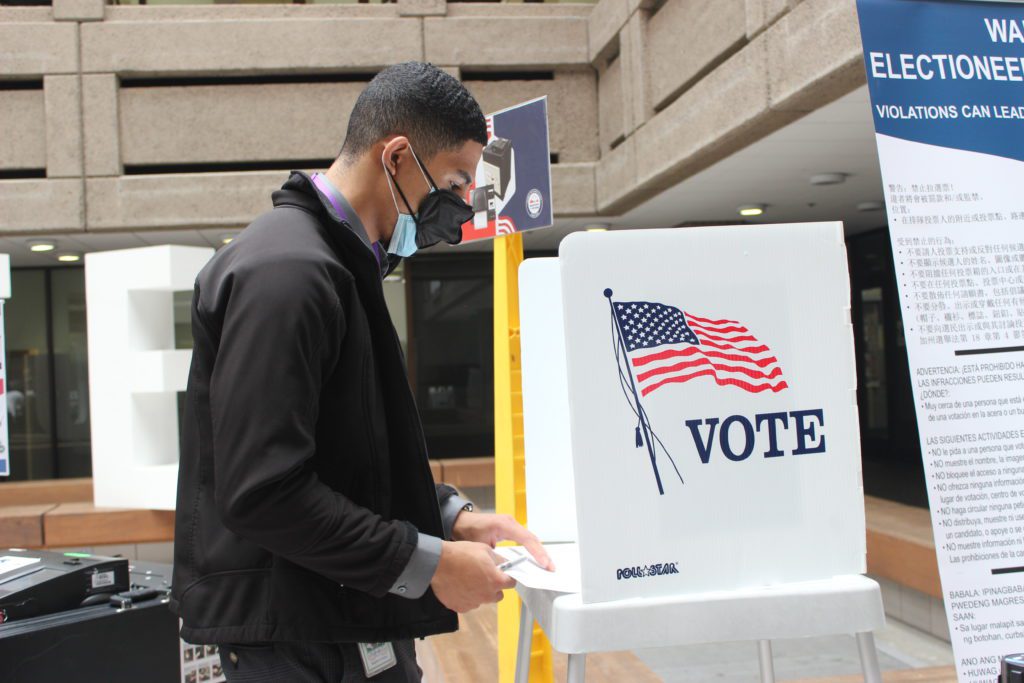

Moving mayoral elections
The council voted 10-1 in February to ask voters whether to move mayoral elections to align with presidential election years. Councilmember Dev Davis dissented. The policy, born out of a 23-member citizen-led commission, promised to increase voter turnout so more residents can have a say in who represents them in the city’s top political office.
The ballot measure passed in the June primary by 55%. Mayor-elect Matt Mahan, who replaces Mayor Sam Liccardo in 2023, will serve a two-year term as a result and face reelection in 2024. He is eligible to serve two full terms afterward, for a total of 10 years.
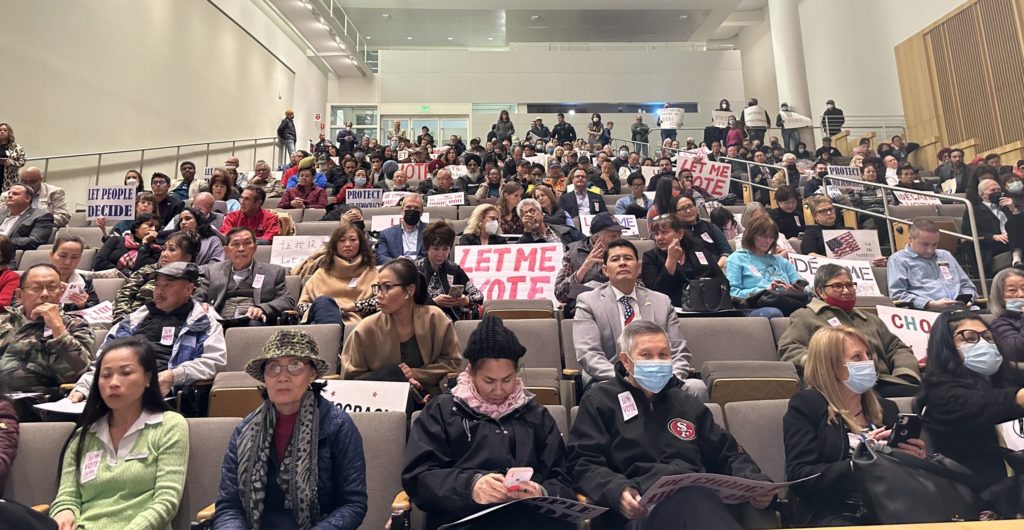

Appointing new councilmembers
In one of the biggest decisions of the year, councilmembers this month weighed how to fill two vacancies left by Mahan’s election as mayor and Councilmember Sylvia Arenas‘ election to the county Board of Supervisors. In a 7-4 vote, councilmembers decided to fill the seats by appointment instead of holding a special election—a break from precedence. The vote was among the most contentious in city history, with hundreds of people crowding the council chambers and bearing signs that read “let me vote.”
Liccardo, Mahan, Vice Mayor Chappie Jones and Councilmember Pam Foley were the four minority policymakers who opposed the appointment process and said voters should pick their next representatives. More than 300 residents who spoke at the meeting agreed.
Two new councilmembers are expected to be appointed in January and serve until 2024.
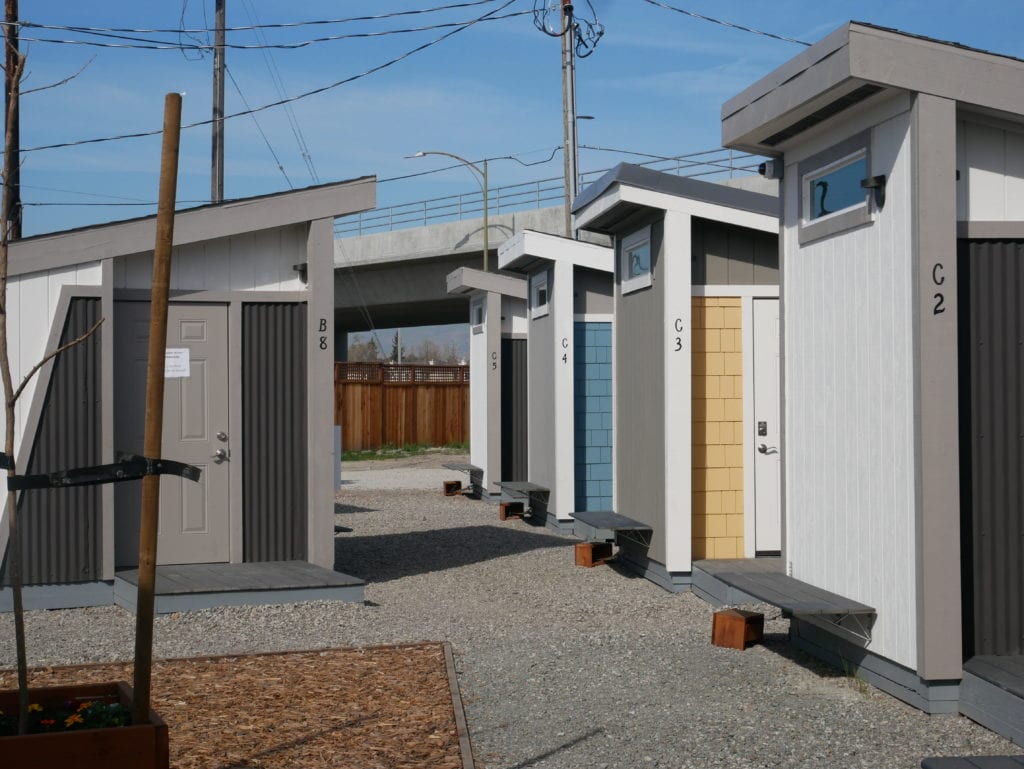

Adding almost 1,000 homes
Liccardo set an ambitious goal last year to fund 1,000 prefabricated homes to shelter homeless residents before moving them into permanent housing. While the city started slow, by the end of the year, San Jose voted to move forward with plans to add two new interim housing sites at two VTA sites. The recent vote brings the city to 997 temporary homes planned, in construction or completed this year. This includes a new housing site on Branham Lane and Monterey Road, the expansion of existing interim housing sites like Rue Ferrari and adding a 96-unit site at the San Jose Police Department parking lot.
Still, homelessness persists in San Jose despite the city investing millions of dollars in new programs and services. A homeless count conducted earlier this year shows more than 6,000 unhoused people live in San Jose, an increase of 11% since 2019.
Liccardo and other officials believe quick-build housing is key to alleviating homelessness.
As of December, San Jose received roughly $74 million from a state program to acquire four local motels and convert them into at least 281 housing units for homeless people. This includes a $19.9 million grant the city received this week to repurpose 72 rooms at the Pacific Motor Inn on South Second Street in downtown into permanent supportive housing.
The city has also received about $51.5 million to construct a first of its kind three-story factory-built site with 204 rooms in the southern part of the city next year. The money for all five projects came from a $2.75 billion state grant program called Project Homekey, a post-pandemic initiative to help cities and counties develop more homeless housing.


Clearing Columbus Park
When the city was met with an ultimatum from the Federal Aviation Administration to either clear its largest homeless encampment near the airport or risk losing $30 million in federal dollars, the city council voted to comply.
The city asked to extend the deadline by three months to buy enough time to clear the sprawling homeless camp in the flight path of San Jose’s downtown airport by Sept. 30. It was believed to be one of the largest in city history. At its peak, more than 150 homeless people lived at Columbus Park and they began scattering to surrounding streets following the monthlong sweep.
Today, there are nearly no residents or vehicles left in the area. The city is planning to reimagine the park and name it after first female San Jose mayor, Janet Gray Hayes.
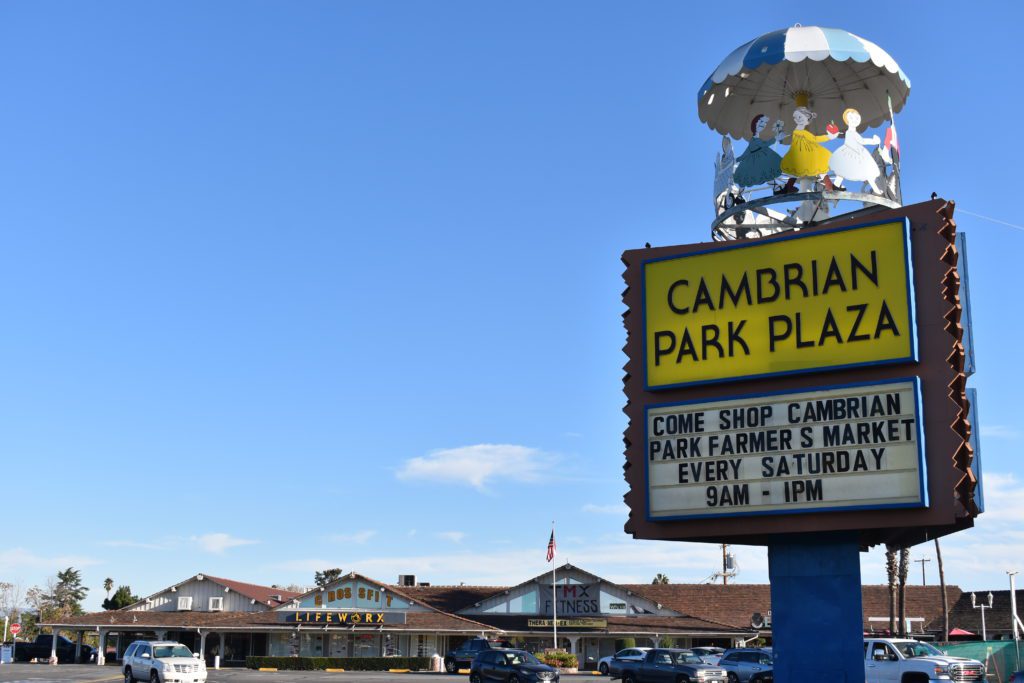

Cambrian Park Plaza annexation
The city council in September unanimously voted to annex Cambrian Park Plaza — a nearly 20-acre parcel of Santa Clara County land — to move forward with a major renovation of the beloved but aging shopping center.
The procedural step will advance long-brewing plans to transform the sprawling 1950s-era shopping center, endemic to suburban car culture, into a walkable hub of housing, retail, hotel rooms and park space known as Cambrian Village.
Cambrian Village fits into San Jose’s efforts to revitalize certain swaths of the city with urban villages, mixed-use developments that include housing and commercial spaces.
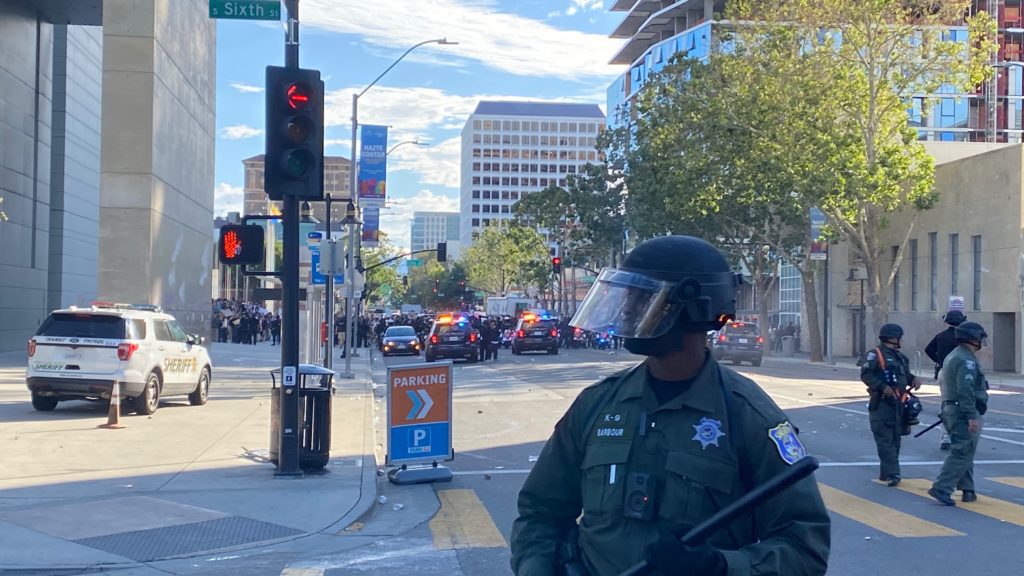

Police oversight
Since protests erupted into San Jose streets after the 2020 murder of George Floyd by Minneapolis police, officials have explored bringing more accountability and transparency to the city’s police department. This year, San Jose officials deliberated auditing the use of body worn cameras to ensure officers are turning them on and expanding the powers of the independent police auditor (IPA) to investigate cases of police misconduct—something it cannot currently do.
The move to expand the IPA’s powers comes as SJPD struggles to hire new officers and misconduct complaints against officers have spiked in recent years. San Jose also recently launched a web portal where closed misconduct case information from the IPA can be viewed. It doesn’t include records from SJPD such as body camera footage or police reports.
The city also increased the police department’s budget and approved adding more military-grade weapons to its arsenal this year.
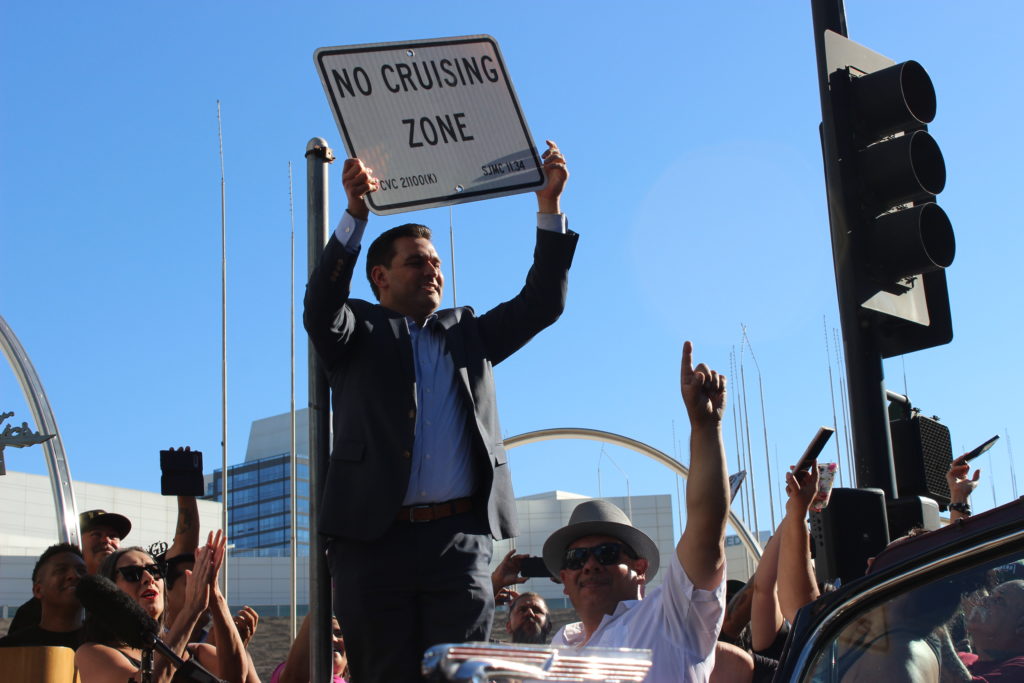

Cruising ban lifted
After a decades-long ban, San Jose reversed its policy on cruising — allowing lowriders to drive slow through city streets legally.
The city council unanimously approved ending fines associated with cruising, arguing the policy was inherently discriminatory. The ban, which prohibited lowriders and other decked-out cars from driving slowly through city streets, was implemented in the 1990s to curb gang violence.
Law enforcement countered by saying the policy helped stop dangerous activities like sideshows, especially as traffic fatalities spike in San Jose. Still, councilmembers and community leaders in San Jose and across the state supported the city’s move to repeal the ban.
Contact Jana Kadah at [email protected] or @Jana_Kadah on Twitter.



Leave a Reply
You must be logged in to post a comment.